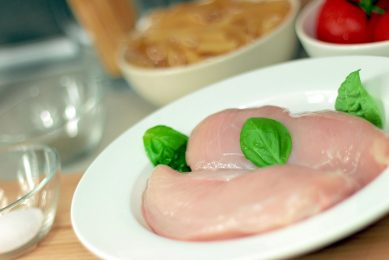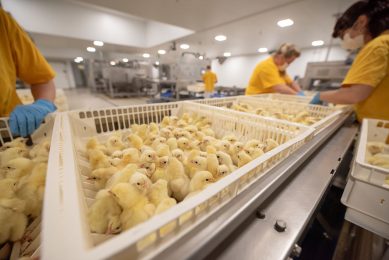Kenyan poultry farming struggling with high costs
The high cost of inputs and unavailability of stock are hurting poultry farming in Kenya, reports Business Daily.
Production costs have doubled in the past year despite Kenyans’ adoption of healthy lifestyles that has seen wider uptake of chicken. Growth has stagnated over the past 5 years mostly due to lack of incentives, said the Kenya Poultry Farmers Association (Kepofa).
Currently, over 21 mln people rely on poultry farming for their livelihood, and it contributes 6.1% of the gross domestic product (GDP) generated from livestock.
Poultry farming uptake has boomed in Kenya’s rural areas where smallholder families have taken to the product over the past 10 years.
There are approx. 30 mln birds in the country, of which 76% are free-range indigenous chicken, 14% are commercial layers, and 8% broilers. The remaining 2% is made up of duck, turkey, quail and other birds.
But the industry has seen slow growth over the years in both indigenous and exotic sectors. According to the Economic Survey 2010, farmers produced 22,000 mt of chicken in 2006, compared with 23,000 in 2009. Production hit a high of 24,000 mt in 2008.
Meanwhile, egg production rose to a high of 89,000 mt in 2008, falling to a 4-year low of 81,000 mt in 2009.
The cost of production has increased from Sh1.9 bln in 2006 to Sh4.3 bln today. Analysts say the biggest challenge facing the industry is the high cost of inputs.
“The prices given to farmers do not commensurate the production costs thus discouraging small-scale farmers. The industry is under-regulated leading to exploitation of small-scale farmers by middlemen and traders,” said Wairimu Kariuki, chairman of Kepofa.
Cost doubled
The average price for a day old chick in Nairobi was Sh77 and Sh50 for layers and broilers, respectively, in 2007. Today, the prices are Sh90 and Sh60, respectively.
Meanwhile, the cost of charcoal and electricity, which are mainly used to keep the chicks warm for the first few weeks, has doubled, as has the cost of animal feed. Industry players are now banking on increased maize production to reduce the price of inputs.
Source: Business Daily
Join 31,000+ subscribers
Subscribe to our newsletter to stay updated about all the need-to-know content in the poultry sector, three times a week. Beheer
Beheer








 WP Admin
WP Admin  Bewerk bericht
Bewerk bericht